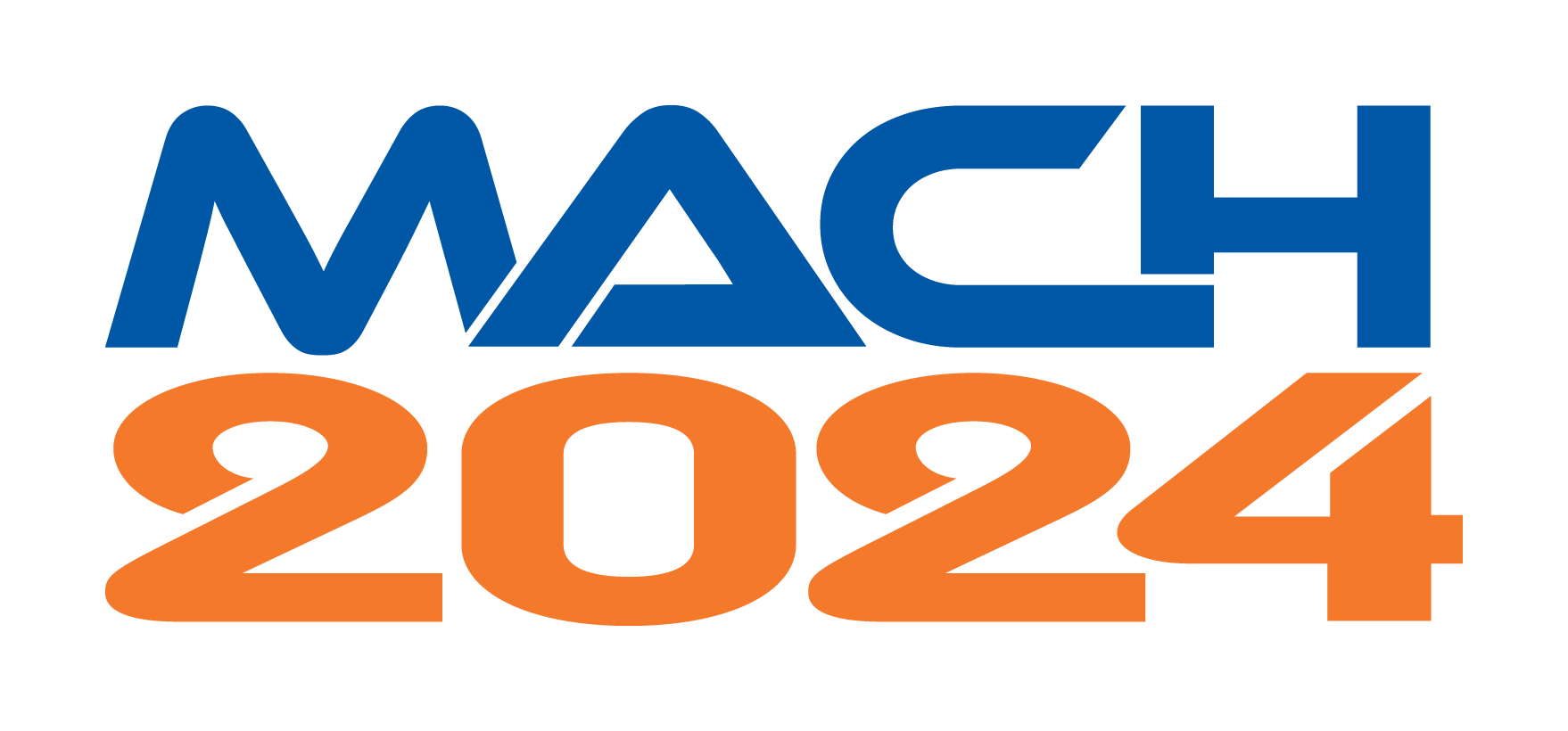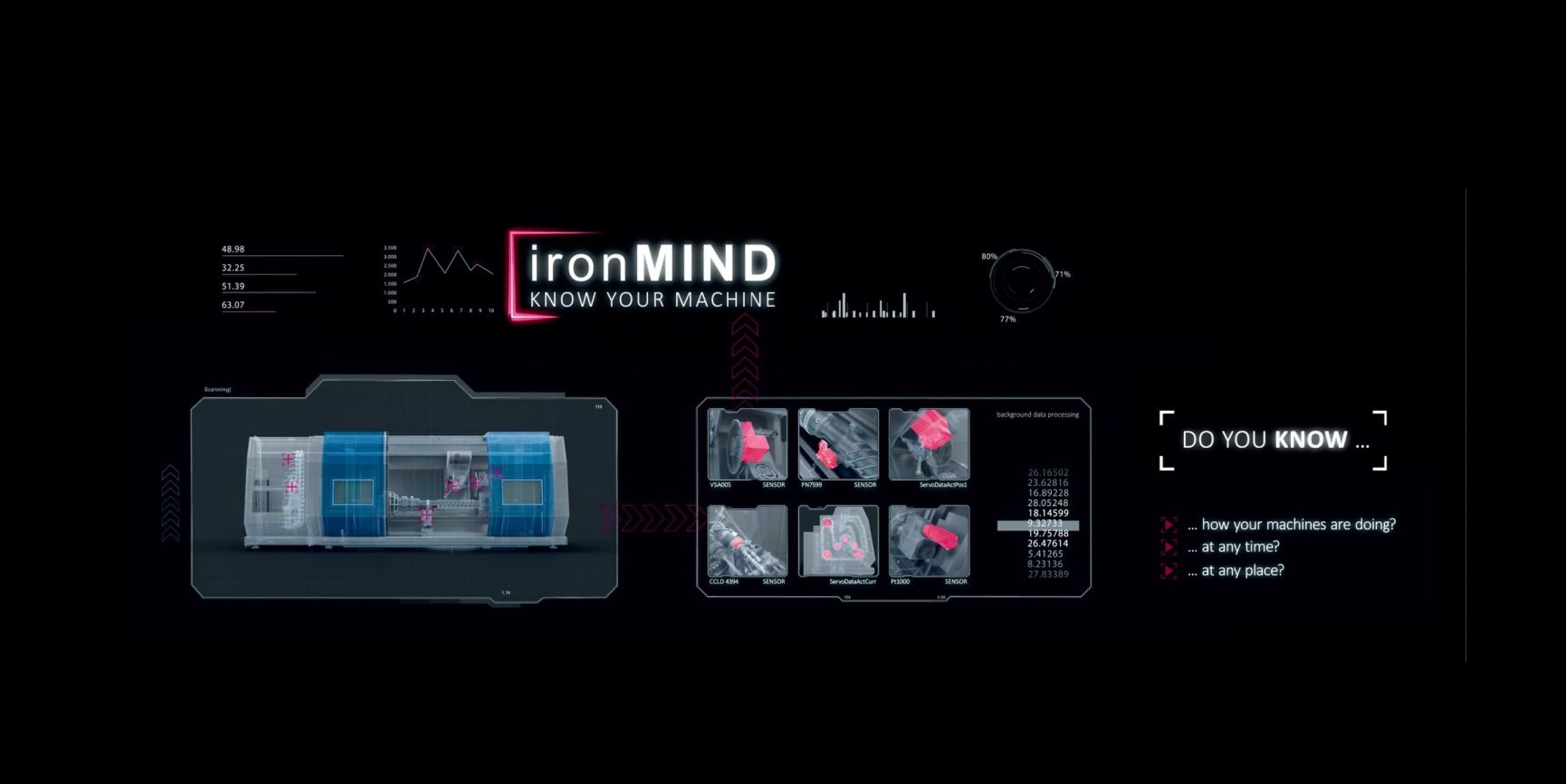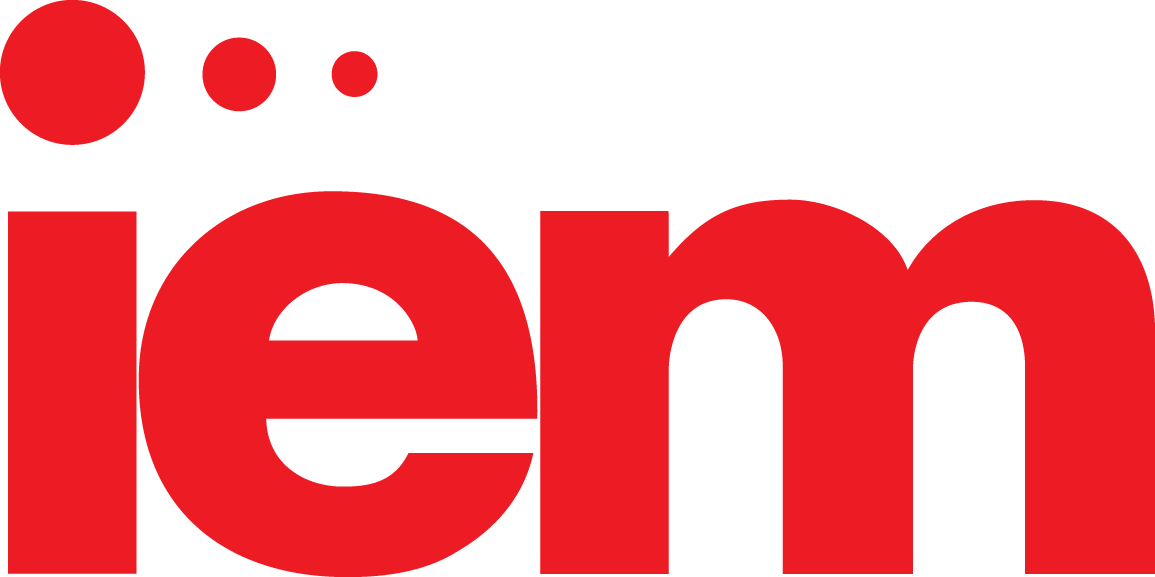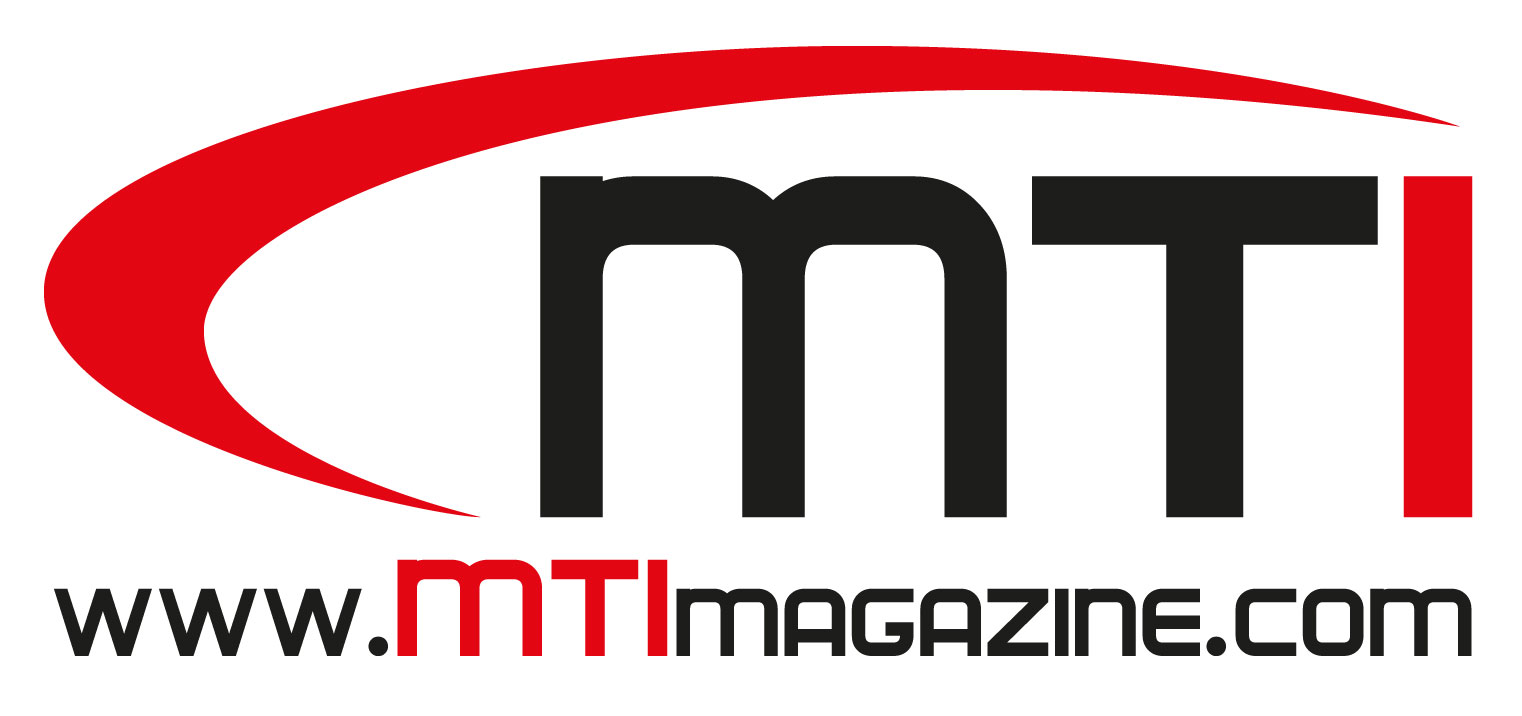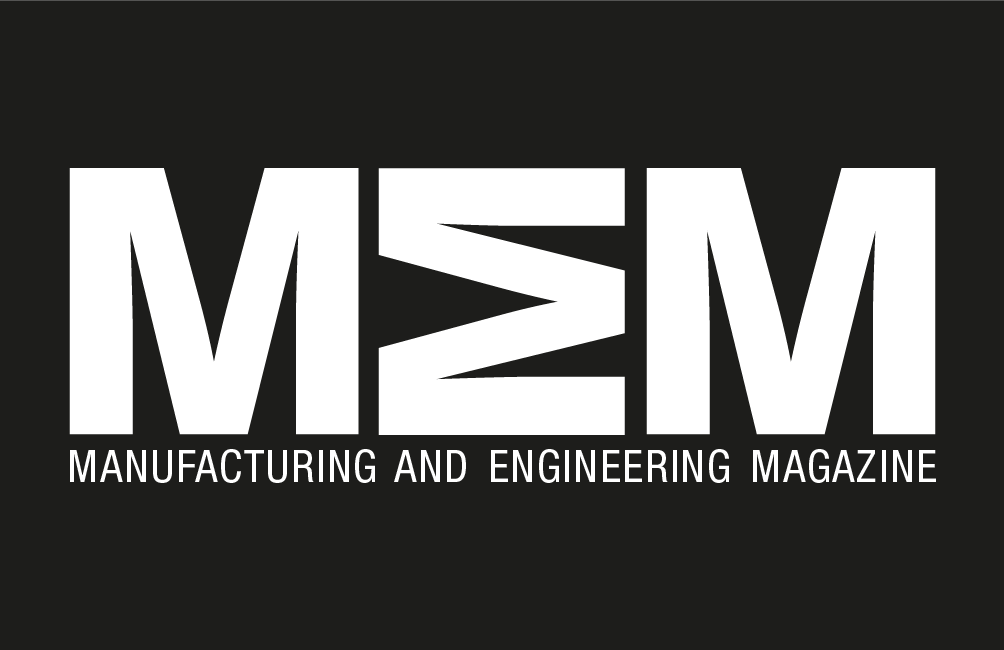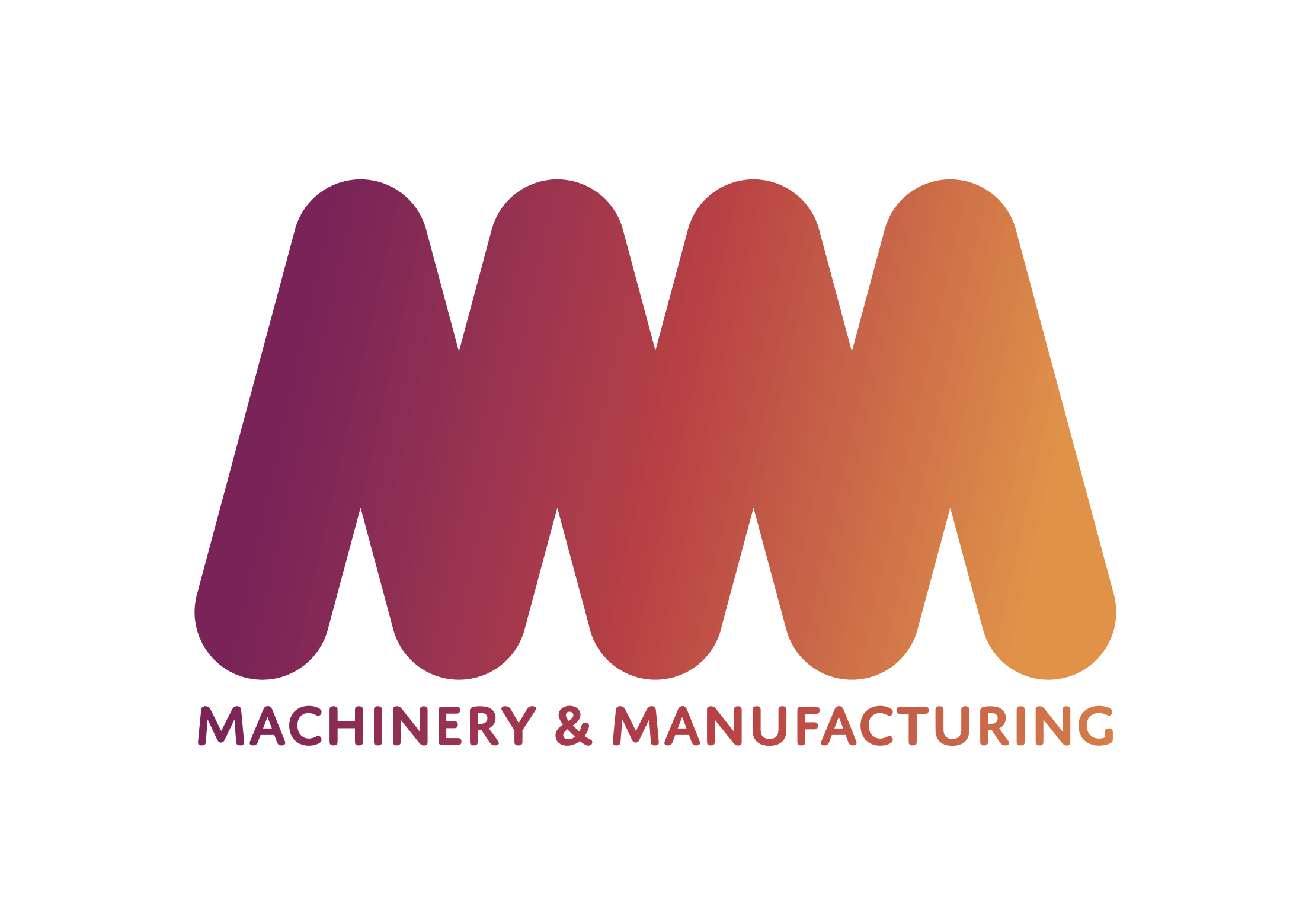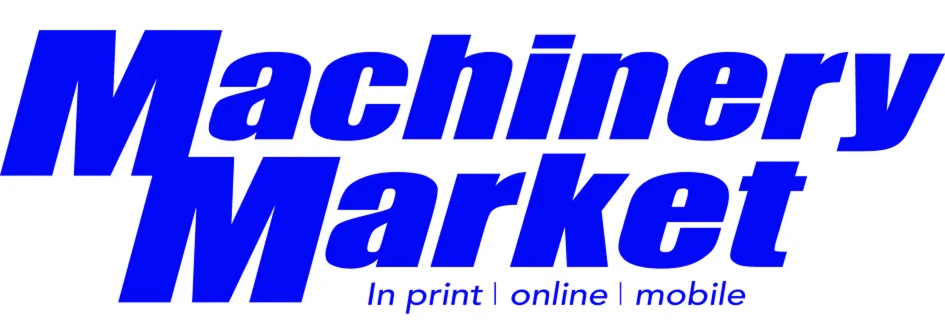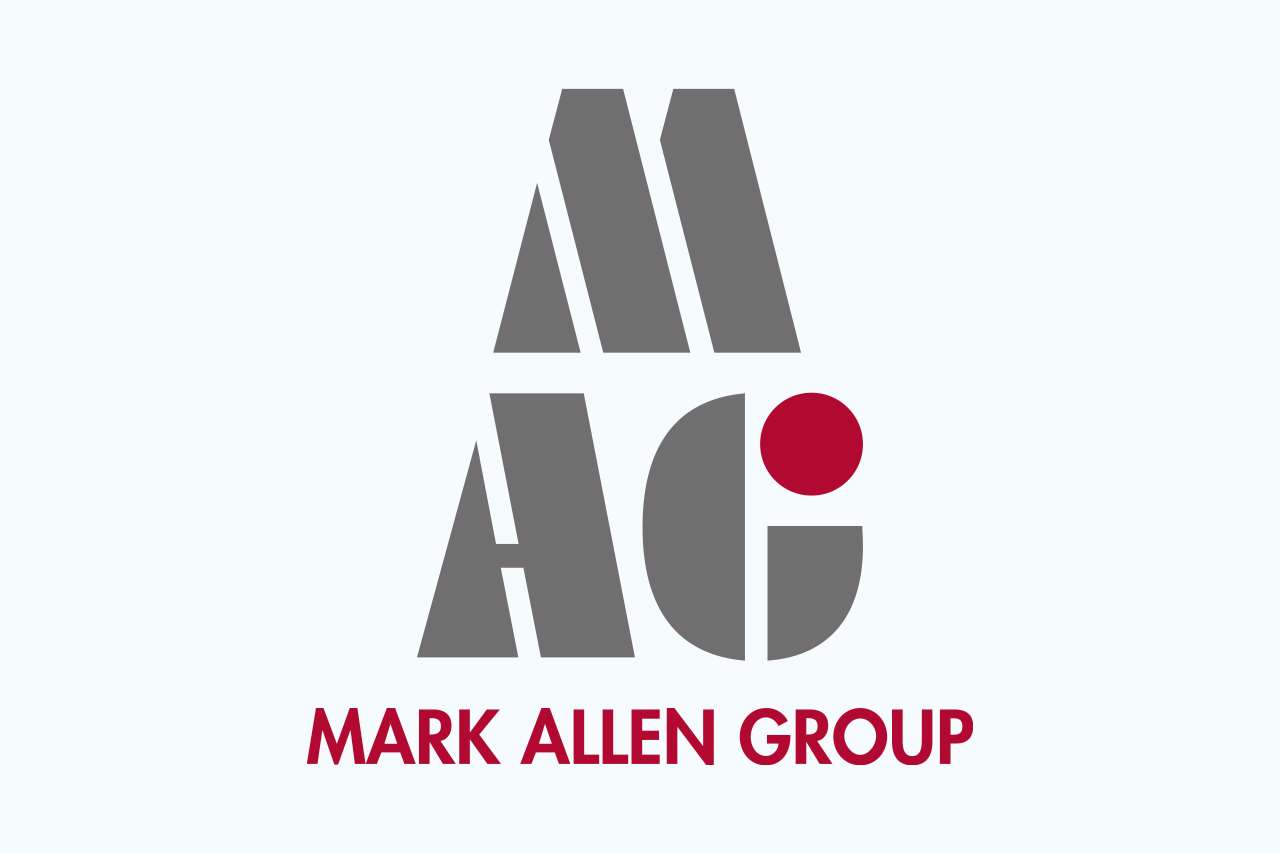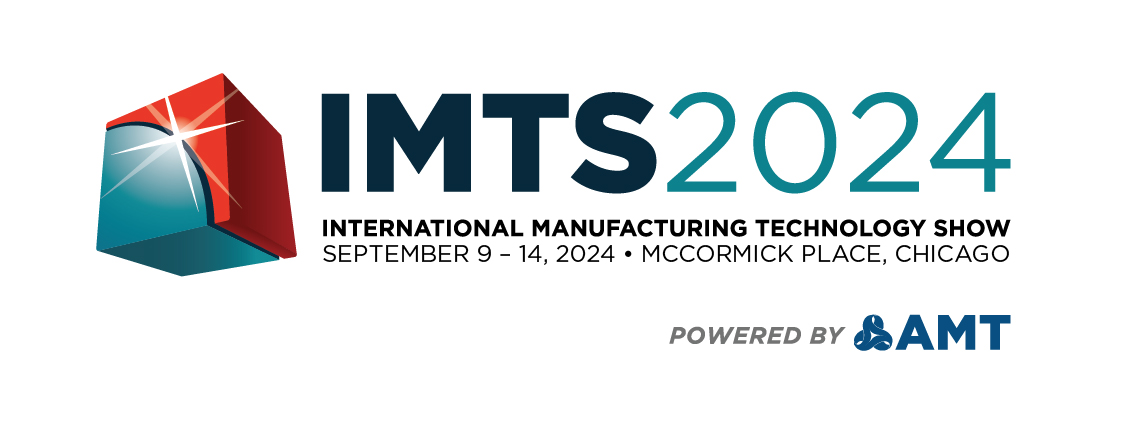ironMIND – KNOW YOUR MACHINE: Condition Monitoring by the NSH Group
With a skilled labour shortage and full order books, businesses need to rely on their technology. But how do manufacturers know if major repairs or downtimes are imminent?
The demands placed on modern machine tools and production lines are becoming increasingly complex. Machine tool maintenance is one of the biggest uncertainties for companies. Unplanned downtimes and breakdowns cost time, money and trust. Predictive and production-adapted maintenance and repair planning is essential.
To fulfil these requirements for modern and efficient production, the NSH Group, with its machine tool brands NILES-SIMMONS, HEGENSCHEIDT-MFD, RASOMA and WEMA-Gauchau, has developed its new in-house software and service tool “ironMIND”. This has various applications and modules that provide a detailed picture of the mechanics, controls, and peripherals of machines at all times and can also monitor several machines in automated operation (e.g. in production lines).
How it works
Condition monitoring is a term often used but interpreted in different ways. One way is to collect data and analyse it, but this isn’t enough to define the condition of the machine. NSH goes one step further with ironMIND. In addition to monitoring operating resources, consumption, drive temperatures or control status, it also undertakes regular test series such as axis tests that are used to examine the condition of the axes. For each axis test, one axis is subjected to a specific motion profile. Drive data is recorded during these defined motions. The more important step follows with the structured evaluation of the data using detailed manufacturer knowledge.
How does potential damage manifest itself in the measurement data? What parameters need to be calculated for condition-based evaluation? How to define the limits that characterize the condition?
Answering these questions requires machine-specific information about the components installed, the control system, and the machine data set – in-depth knowledge that only the machine manufacturer can provide. It also requires knowledge of the evaluation of the axis tests and experience in identifying damage based on the measurement results. With this overall concept, ironMIND supports users in creating condition-related data and test evaluations themselves. NSH machine tools can be diagnosed with regular automated tests, enabling successful condition-based maintenance.
Interdisciplinary benefits – on the machine or in the cockpit
Condition monitoring requires interdisciplinary collaboration between different departments. By knowing the condition of the components, it is possible to detect and correct failures before they cause any damage or negative impacts. This enables early procurement of spare parts and reduces downtime. Dynamic maintenance intervals can also reduce maintenance costs. For the operator, the use of ironMIND results in faster troubleshooting and fault elimination. Knowing the condition of the mechanical components and the control settings enables consistent machining quality. The result is reduced scrap rates, energy and fluid savings and financial benefits. By keeping an eye on consumption and looking for the cause of abnormal consumption, green management approaches can be improved. Furthermore, the utilization and availability of the machines can be visualized and evaluated, which improves production planning.
The machine operator can use ‘ironMIND – Monitoring’ on the control panel, supported by an intuitive app design and multi-window technology. All other departments can use the ‘ironMIND – Cockpit’ and log into the web front end with their individual user access on any device.
Data security and hardware requirements
Running condition monitoring tools means also creating a lot of data the need to be stored. These needs to be stored securely, but should this confidential data be stored on cloud servers? NSH uses ironMIND to avoid this hard-to-trace data traffic by storing all measurement and control data on the machine or the local company network. One of the basic principles of ironMIND is that you are always in full control of your data.
Using the ironMIND application on the machine does not require an additional IPC or sensors. The only thing that is required is access to the control data to run the test. ironMIND uses the existing sensors to collect information on the fill level, consumption, and filter status of the media. Nevertheless, it is also possible to integrate additional sensors. A common approach is to record as much information as possible with additional sensors. However, random sampling is of limited value. The benefit is often out of proportion to the purchase price. This leads to the fact, that one of the most common stumbling blocks to successful condition monitoring is the high initial investment for implementing the functions. This discourages potential users and makes implementation more difficult. With ironMIND, NSH is taking a completely different approach by getting the most out of existing hardware. In addition, ironMIND is scalable and based on a low monthly usage fee model.
Maximum customer focus
The NSH Group delivers customised machine tool manufacturing worldwide, as a matter of principle, NSH adapts its solutions to the requirements of its customers. The top priority in the development of ironMIND is to provide the customer with real added value. For this reason, NSH has worked with pilot customers throughout ironMIND development to understand the problems of the customers and develop a customer-oriented way to solve these problems.
With the constantly evolving ironMIND system, customers can not only record and evaluate a holistic assessment of machines, but also estimate and perform necessary maintenance before a potential failure occurs. The ironMIND system is practical, affordable, and safe. It delivers real value by sustainably improving and maintaining machine tool performance and service life, preventing machine damage, increasing productivity, and reducing costs.
